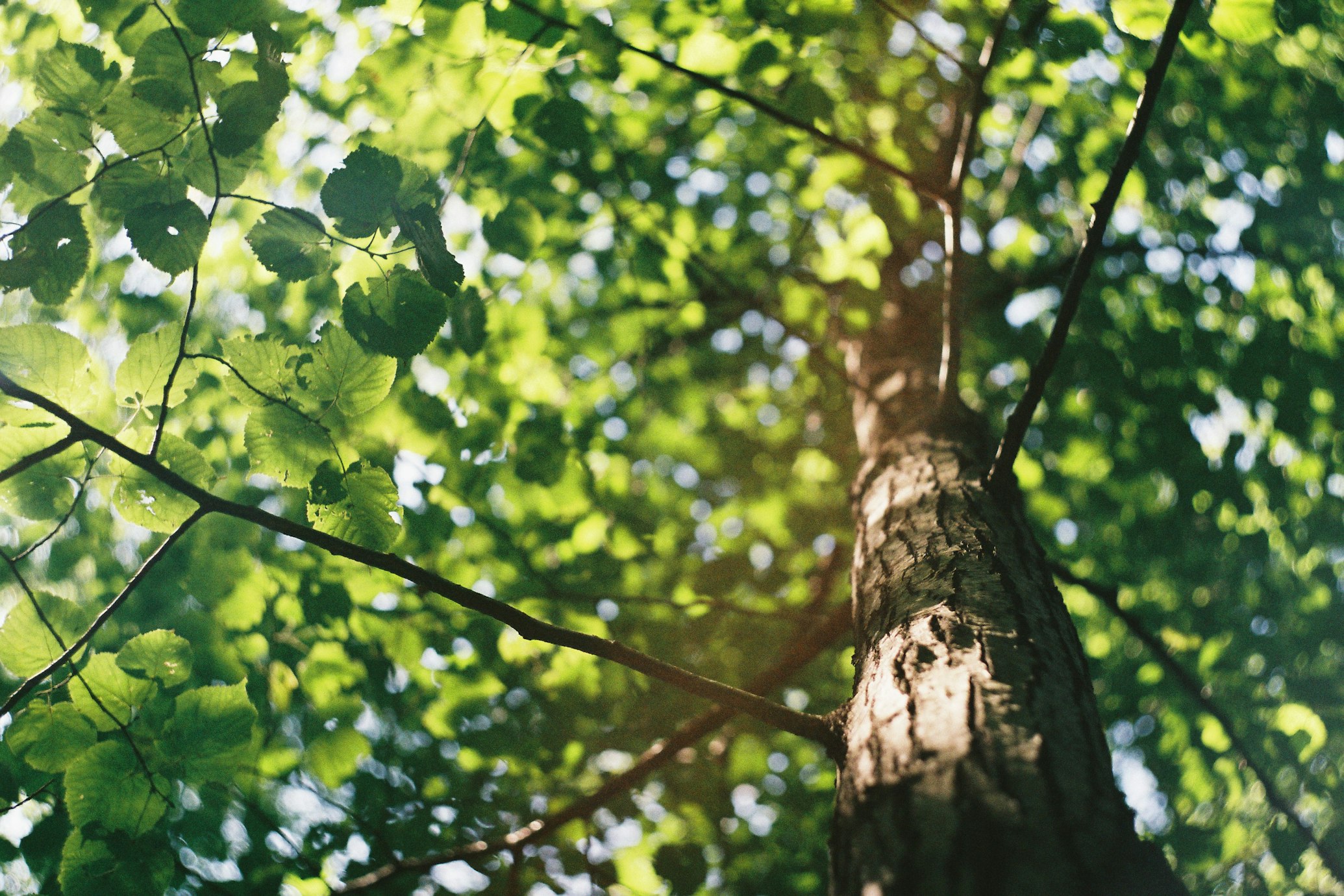What are the benefits of pruning trees?
Pruning trees offers several benefits, both to the tree itself and to the surrounding environment. Here are some of the key advantages of pruning trees:
Health and Vigor: Pruning promotes the overall health and vitality of trees. By removing dead, diseased, or damaged branches, pruning prevents the spread of diseases and insect infestations. It also allows better airflow and sunlight penetration, reducing the risk of fungal growth and promoting photosynthesis.
Structural Integrity: Proper pruning helps shape the tree's structure, ensuring strong and well-balanced growth. Removing weak or crossing branches reduces the risk of breakage during storms or high winds. Pruning young trees encourages a strong central leader and well-spaced scaffold branches, leading to a more stable and aesthetically pleasing form as the tree matures.
Safety and Risk Mitigation: Pruning can enhance safety by eliminating hazardous branches that may pose a risk to people, buildings, or power lines. Regularly inspecting and pruning trees near utility lines can minimize the likelihood of power outages and other accidents.
Aesthetic Appeal: Pruning enhances the visual appearance of trees and landscapes. By selectively removing unwanted branches, pruning can improve the tree's shape, symmetry, and overall attractiveness. This is especially important in urban and residential areas where trees contribute significantly to the overall aesthetic value.
Increased Fruit Production: Fruit-bearing trees can benefit from pruning, as it stimulates the growth of new branches and enhances fruit production. Pruning helps maintain an optimal balance between vegetative growth and fruiting, ensuring healthier and more abundant yields.
Clearance and Access: Pruning provides clearance for buildings, vehicles, and pedestrian pathways, allowing for unobstructed movement. Trimming lower branches can create vertical clearance and improve visibility, particularly around roads and intersections.
Restoration and Rejuvenation: Pruning can rejuvenate old or neglected trees by removing deadwood and promoting new growth. This practice is often employed to restore the vitality and longevity of mature trees, extending their lifespan and maintaining their ecological value.
It is worth noting that pruning should be done carefully and with proper knowledge or by professional arborists. Improper pruning techniques or excessive removal of live branches can harm the tree and lead to long-term damage.



Comments
Post a Comment